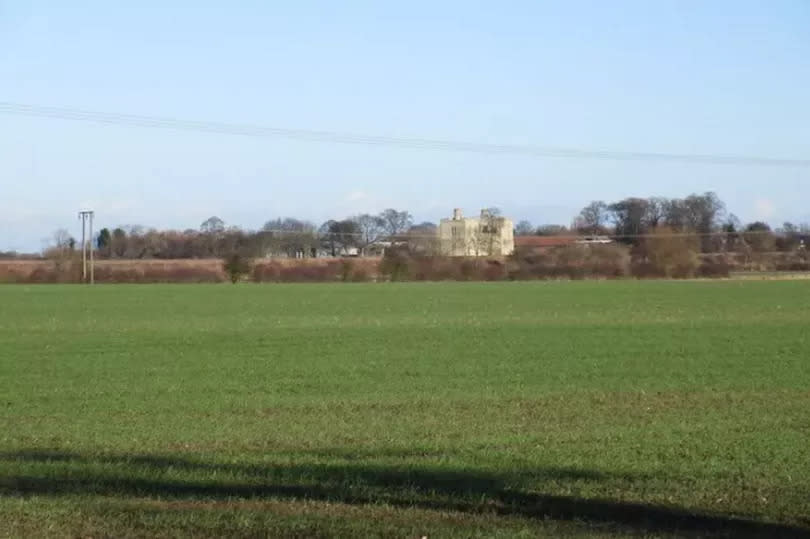The beautiful Yorkshire castle that everyone should see but only visible from the train
Yorkshire is home to many beautiful castles and estates, but one may have caught your eye while travelling on the train.
Wressle Castle, located near to Howden on the border of North and East Yorkshire, is a beautiful sight while travelling by train up to York. If you take the line regularly, you may have caught yourself staring at the stunning sight, but sadly found out its not open for visitors.
A privately owned castle, it currently belongs to the Falkingham family, who bought it in 1957 and has hosted some of England's most famous historical figures.
Read More: Doncaster Sheffield Airport latest as reopening plans take next step
The noble Percy family, who were incredibly powerful in Yorkshire and Northern England, made their home at Wressle Castle, which was most likely built in the 1390s, although it was first documented in 1402. Thomas Percy, the head of the family, was friends with King Richard II and King Henry IV, and so the home was built to show off the Percy families wealth and power.

However, relations soon deteriorated between King Henry and Thomas after the king failed to give the Percys what he had promised for their support during the Wars of the Roses, and so they revolted. They were crushed at the Battle of Shrewsbury in 1403, and Thomas was beheaded.
Soon after, the castle was seized by the king, and remained under their control for many years until it was given back to Henry Percy in 1471.
Over the many centuries since then, the castle has been prominent in some of the major events in English history. During the Pilgrimage of Grace rebellion against Henry VIII, led by Robert Aske, against the religious policies of the reformation, the house was given to the rebels by the son of Henry Percy, also called Henry.
Get all the latest and breaking news in Yorkshire by signing up to our newsletter here.
Eventually, the rebellion was defeated and once again the house was seized by the crown. In 1541, King Henry VIII stayed in the house himself for three nights.
During the English Civil War, the castle was used as a garrison by Parliamentarian troops, and was badly damaged as a result. It was then partially demolished over the proceeding years.
Sadly, a great deal of damage was done to the castle on February 19, 1796, when a fire broke out while the castle was occupied by a tenant farmer, destroying the remaining wing of the house. A new farmhouse was built on the land in 1810 and the castle continued to be occupied by tenant farmers until being sold to the Falkinghams.
Just a few years ago, in 2017, the building was restored by Historic England as it was on the Buildings at Risk Register. Thanks to this work, it has since been removed from this list.
Now, the building remains an iconic and beautiful landmark in the region.

 Yahoo News
Yahoo News 
